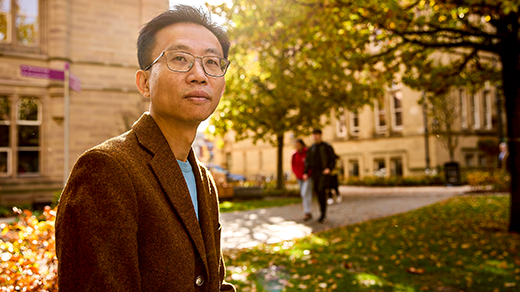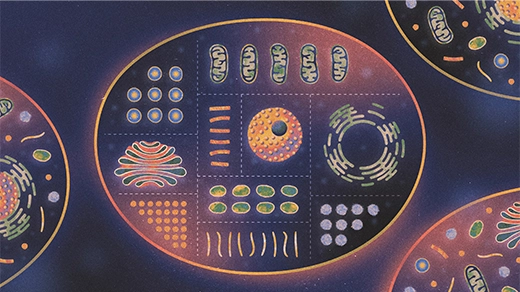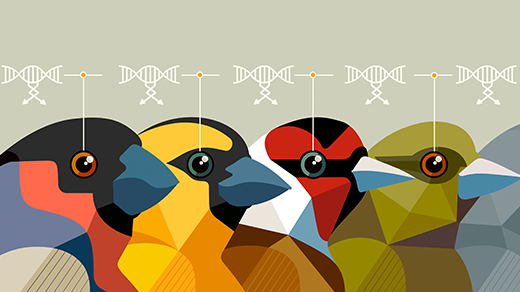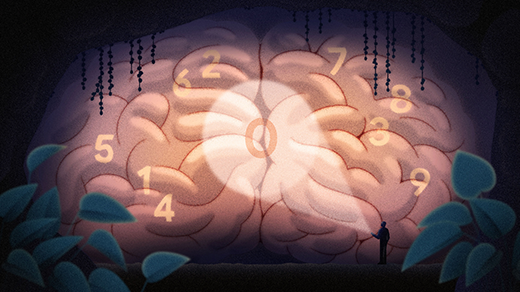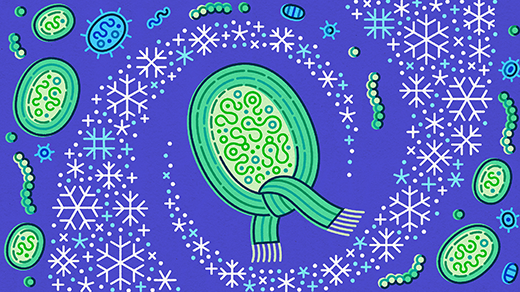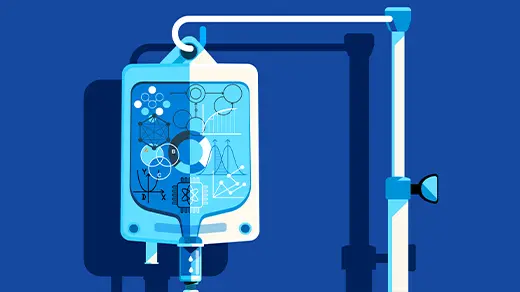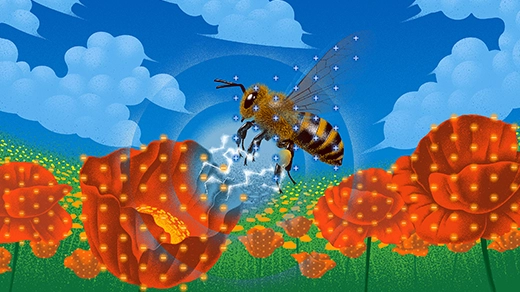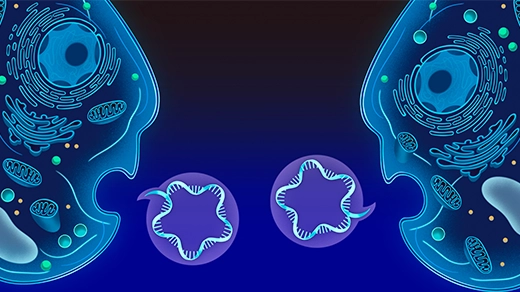What's up in
Biology
Latest Articles
He’s Gleaning the Design Rules of Life to Re-Create It
Yizhi “Patrick” Cai is coordinating a global effort to write a complete synthetic yeast genome. If he succeeds, the resulting cell will be the artificial life most closely related to humans to date.
Meet the Eukaryote, the First Cell to Get Organized
All modern multicellular life — all life that any of us regularly see — is made of cells with a knack for compartmentalization. Recent discoveries are revealing how the first eukaryote got its start.
Why Is It So Hard to Define a Species?
The idea of a species is fundamental to the way that many people understand the structure of life on Earth. But ask 10 specialists how they define the concept and you might get 10 answers. In this episode, co-host Janna Levin speaks with evolutionary biologist Kevin de Queiroz about what makes defining and delineating species such a slippery process, and why it matters to our understanding of both evolution and conservation.
How the Human Brain Contends With the Strangeness of Zero
Zero, which was invented late in history, is special among numbers. New studies are uncovering how the brain creates something out of nothing.
Even a Single Bacterial Cell Can Sense the Seasons Changing
Though they live only a few hours before dividing, bacteria can anticipate the approach of cold weather and prepare for it. The discovery suggests that seasonal tracking is fundamental to life.
How Can Math Help Beat Cancer?
Cancer treatment has come a long way in recent decades. But finding the best course of treatment for each case of this diverse, dynamic disease remains a challenge. In this episode, co-host Steven Strogatz speaks with computational biologist Franziska Michor about how math, statistical models and machine learning may be critical to the next generation of cancer care.
The Hidden World of Electrostatic Ecology
Invisibly to us, insects and other tiny creatures use static electricity to travel, avoid predators, collect pollen and more. New experiments explore how evolution may have influenced this phenomenon.
What Can Cave Life Tell Us About Alien Ecosystems?
Extremophiles, or microbes that live in the most seemingly hostile environments, are the darlings of astrobiologists, who study the potential for life beyond Earth. In this episode, co-host Janna Levin speaks with astrobiologist and cave explorer Penelope Boston about how life finds a way — and whether it might have found a way elsewhere in our solar system or around a distant star.
Cells Across the Tree of Life Exchange ‘Text Messages’ Using RNA
Cells across the tree of life can swap short-lived messages encoded by RNA — missives that resemble a quick text rather than a formal memo on letterhead.
